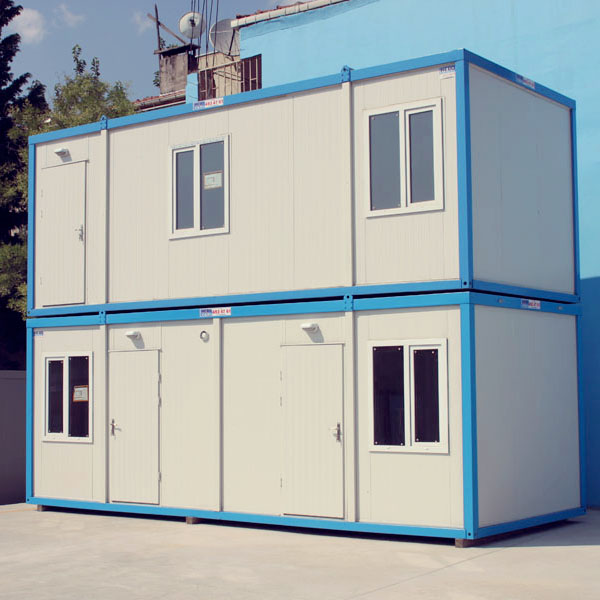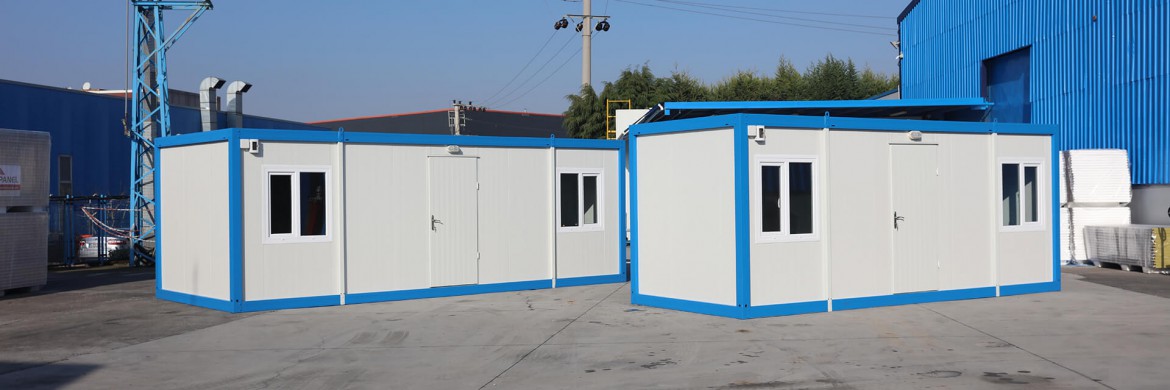How Are Container Buildings Transported And Installed?
Container buildings offer rapid, modular, and cost-efficient solutions for residential, commercial, and industrial needs. However, successful use starts with correct transportation and setup. Understanding how container setup works, from groundwork to final installation, ensures structural safety, compliance, and long-term performance.
What Should Be Prepared Before Installing Container Buildings?
Before installing container buildings, preparation is key to ensure a smooth and safe setup. Proper site evaluation, regulatory approvals, and technical groundwork should be completed. Key elements like soil condition, local zoning laws, and load-bearing capacity need to be considered. Planning for utilities and access routes also plays a critical role. A well-prepared site prevents delays and structural issues later. Whether it’s a small container setup for temporary use or a multi-unit installation, thorough site readiness improves both efficiency and safety. This upfront planning ensures the container buildings setup can proceed without unnecessary complications.

Groundwork for Container Buildings Installation
Proper groundwork is essential for any container buildings installation. This includes clearing and leveling the area, laying a concrete pad or footings, and ensuring proper drainage. Failing to stabilize the foundation can lead to structural damage or alignment issues over time.
Utility Planning for Container Buildings Setup
A reliable container setup includes planning for plumbing, electricity, and HVAC systems. Coordinate utility access before delivery, considering trenching, conduit routes, and connection points. This avoids costly modifications once the containers are in place.
How Are Container Buildings Delivered to the Site?
Delivery of container buildings requires precise coordination and the right equipment to ensure safety and efficiency. Most units are transported via flatbed trucks, trailers, or specialized lift systems depending on size and weight. Proper logistics planning is essential to avoid delays, especially when delivering to remote or restricted-access areas. It’s also important to consider timing, traffic, and weather conditions to protect structural integrity. Whether you’re handling a single shipping container setup or a multi-unit delivery, selecting the right transport method is crucial. Pre-arrival site readiness ensures seamless integration with cranes or forklifts once the containers reach the destination.
Safe Transport Methods for Container Buildings
Container buildings are typically moved using tilt-bed trucks, cranes, or shipping flatbeds. For international or long-haul deliveries, they may be stacked and secured in standard ISO containers. Proper bracing prevents shifting and damage in transit. Each transport method must comply with regional safety regulations and weight restrictions. Additionally, weather conditions and road gradients are evaluated to minimize risks during transportation.
Offloading Processes for Container Buildings
Upon arrival, container setup begins with careful offloading. Cranes or forklifts are used depending on unit weight and size. Clear access and a level surface are essential to avoid instability during placement. Signal operators are often used to coordinate crane movement, ensuring precision and safety. Once positioned, the container is inspected for any transport-related damage before installation continues.

What Are the Installation Steps for Container Buildings?
Installing container buildings involves a step-by-step process to ensure safety, alignment, and usability. After delivery and offloading, the first step is positioning the container correctly on its foundation using cranes or forklifts. Next comes the structural connection phase, where multiple units are aligned and bolted or welded as needed. Once the shell is secured, internal fittings such as insulation, electrical, plumbing, and HVAC systems are integrated. Doors, windows, and partitions are then added based on the design layout. A successful container buildings setup ensures everything fits precisely and complies with building codes. This meticulous process transforms steel containers into functional and habitable spaces.
On-Site Assembly of Container Buildings
The on-site assembly of container buildings starts with anchoring each unit to the prepared foundation. Installers then connect stacked or side-by-side containers using heavy-duty bolts or welds, ensuring alignment and stability.
Tools Used in Container Buildings Installation
Common tools used in container buildings installation include cranes, welding machines, levelers, drills, and torque wrenches. These tools ensure safe lifting, precise positioning, and strong structural integration of each unit.
How to Ensure Structural Safety After Installing Container Buildings?
Once container buildings are installed, ensuring their structural safety is vital for long-term stability and user safety. This begins with a thorough inspection of all load-bearing points, welds, and fasteners to confirm they are secure and properly aligned. Next, verify that all internal systems plumbing, electrical, and HVAC are operational and safely integrated. Fire resistance, insulation, and ventilation should also be checked, especially in multi-unit container setup configurations. Regular maintenance schedules should be established, including checks for rust, leaks, or foundation shifts. Whether it’s a single office pod or a complex container buildings setup, compliance with local building codes is essential to maintain performance and safety over time.

